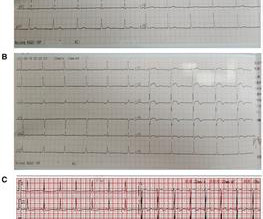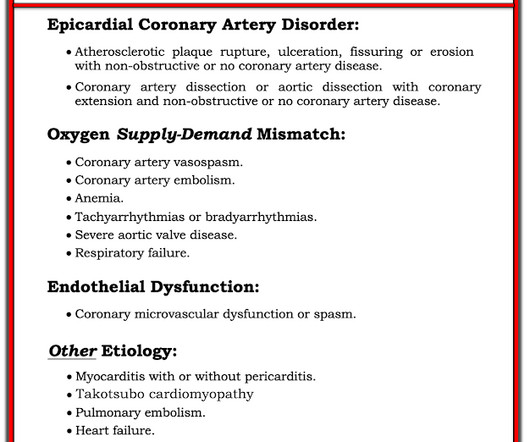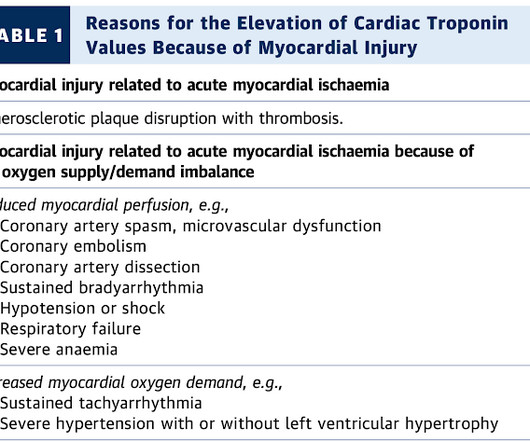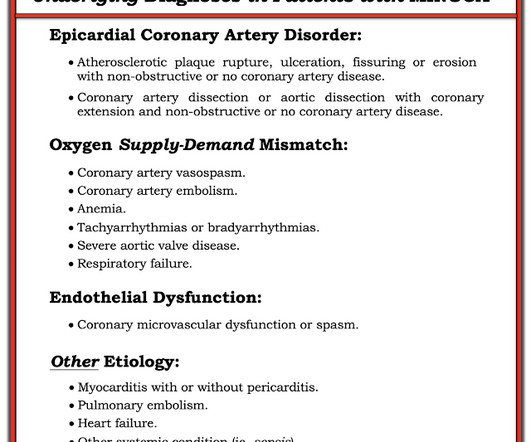Case Report: Kounis syndrome due to cryptopteran bite
Frontiers in Cardiovascular Medicine
FEBRUARY 5, 2024
Background Kounis syndrome is an acute coronary syndrome (ACS) caused by allergic reactions, including coronary artery spasm (type I) caused by allergies without coronary predisposing factors, pre-existing coronary atherosclerosis, and coronary artery disease.













Let's personalize your content